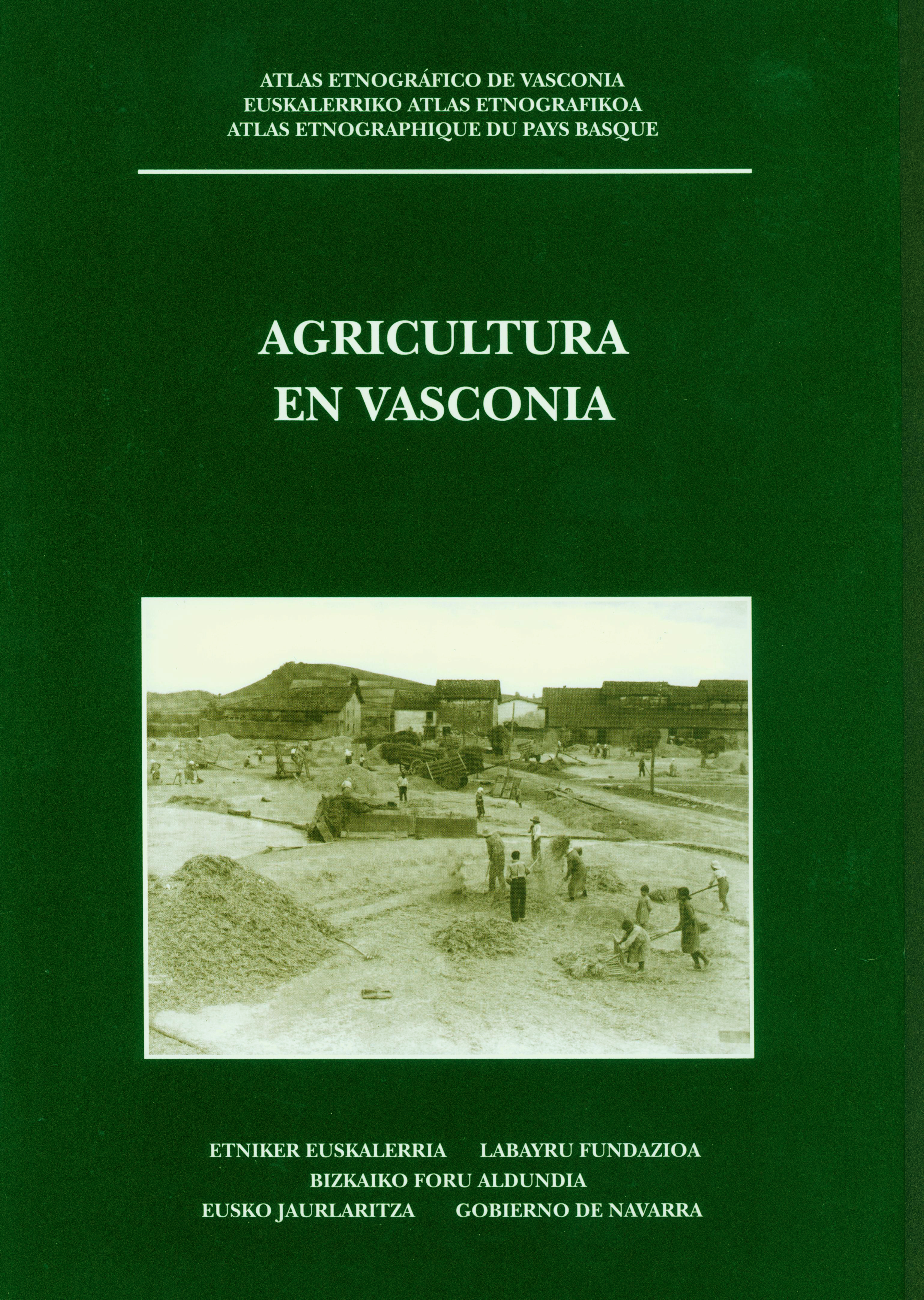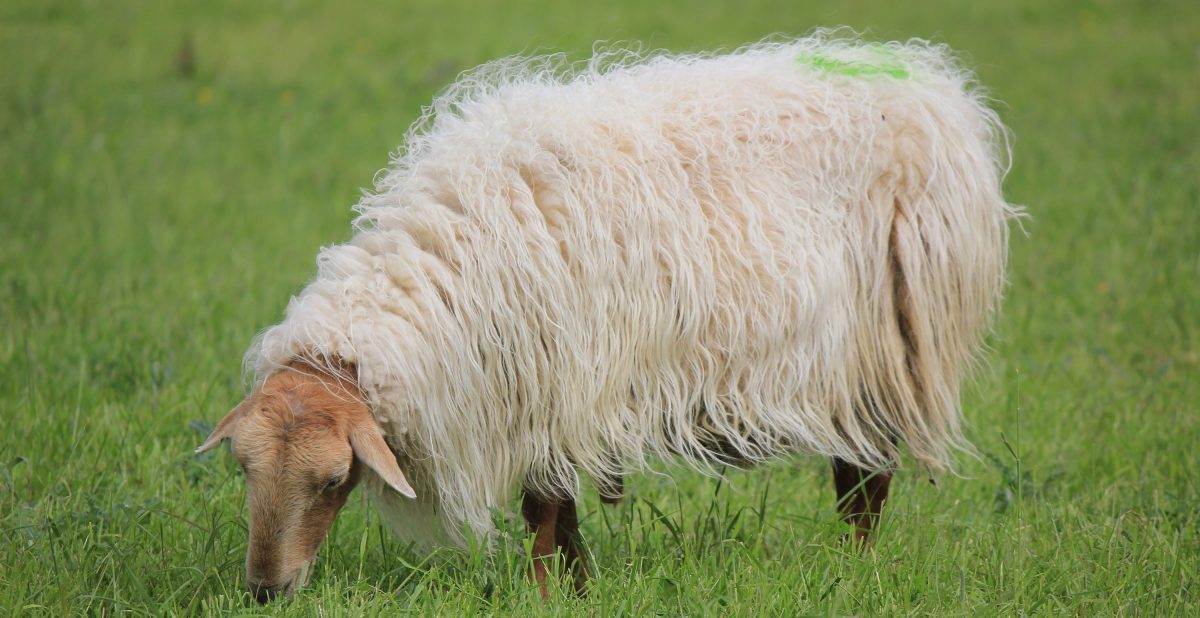Archives
A ‘consumer’ enters a shoe shop one morning and buys a pair of shoes. For reasons which escape us —perhaps prompted by coquetry, perhaps motivated by a hidden psychological need—, the shoes he buys are two sizes smaller than just right. After wearing them for two or three days his feet of course hurt, so he takes painkillers. But he continues to wear them. Days later his feet are covered in blisters, which he treats and covers with antiseptics and sticking plasters, but he still continues to wear his newest shoes. His battered feet get worse, so he decides to see the doctor. The blisters have become infected, so the doctor prescribes antibiotics. Treatment concludes, and yet his condition worsens. He sees the podiatrist, but his feet will not improve. His wounds may eventually turn gangrenous, so the surgeon decides to amputate. The amputee undergoes rehabilitation, is fitted with a pair of prosthetic feet especially designed by pioneering experts, and not without difficulty, learns to walk again. Next a team of renowned scientists build a new pair of bionic feet for him, which they connect to his nervous system using improved artificial intelligence, so in the end he is able to move quite naturally. (more…)

Cover of the work Agriculture, only recently published (2017) eighth volume of the Ethnographic Atlas of the Basque Country.
Intensive, industrial crop and livestock farming provide food for an elite part of the population today. They are a minority who have allowed themselves to turn their backs on the rural world, except to engage in sports and leisure activities or build a second house, and more, they have decided to eat the inedible. Both sectors have become entrepreneurial undertakings that do not produce food but raw materials from which processed products still called food by tradition or as a mere euphemism are manufactured through complex industrial processes and offered in vast visual displays on supermarket shelves. Such farming methods require large energy inputs and are major contributors to climate change for their high greenhouse-gas emissions. (more…)



